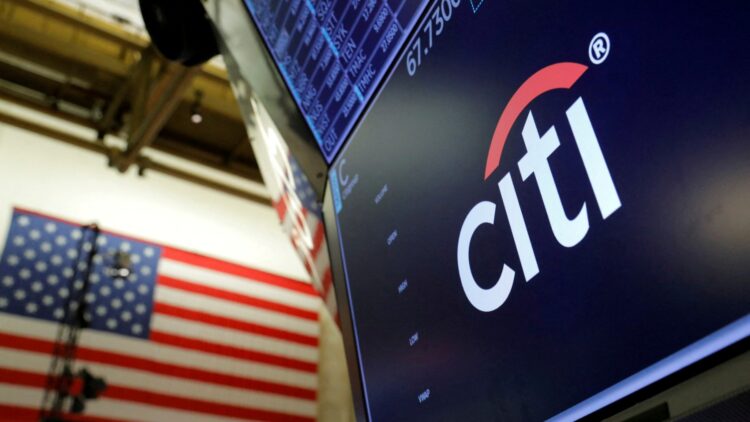Renewed optimism in US financial markets gained significant momentum this week, driven by more robust projections for the S&P 500 from major Wall Street institutions. The upward revision of closing targets, led by Citigroup and UBS, clearly demonstrates that the US economy remains resilient, even amidst a complex backdrop of both geopolitical and recent domestic political challenges.
Major Wall Street firms lift S&P 500 targets on earnings strength
Citigroup and UBS Global Research became the latest Wall Street brokerages to raise their year-end targets for the S&P 500 .SPX index, pointing to receding policy risks and resilient corporate earnings. Citi bumped the benchmark index’s target to 6,600 from 6,300 and UBS to 6,100 from 5,500, implying an upside of 3.2% and a downside of 4.7% respectively to the index’s last close.
This marks Citigroup’s second upward revision in just two months. UBS, however, had trimmed its target in April after President Donald Trump’s ‘Liberation Day’ tariffs. The moves follow similar upgrades from major brokerages including HSBC, Goldman Sachs and BofA Global Research.
The decision to revise projections highlights a scenario in which the negative impact of tariffs imposed at the beginning of the year has already been largely absorbed into market expectations. In addition, stable interest rates and the recent recovery in both the technology and consumer sectors have further strengthened the basis for sustained optimism. While risks linked to ongoing political volatility still remain, institutions stress that companies’ ability to consistently maintain healthy margins is a crucial element in sustaining current valuation levels.
Diverging views on S&P 500’s short-term path
Oppenheimer Asset Management sees the index climbing as high as 7,100, the highest on Wall Street. Jefferies is the only brokerage to set a target lower than 6,000 at 5,600. UBS expects a short-term dip in the market, it said in a note on Monday, with the index correcting to 5,900 around late third quarter before recovering to 6,100 by the end of 2025 and 6,800 by the end of 2026.
Short-term volatility meets long-term optimism
Some projections point to new highs, while others maintain a more cautious tone, warning of the possibility of upcoming adjustments. What is certain is that these differences in views only point to uncertainty about how economic growth, inflation, and fiscal policy implementation may unfold in the coming months. Even so, the prospect of more consistent gains starting in 2026 maintains positive long-term sentiment among most institutional investors.
Citi analysts said in a note late on Friday that the expected fundamental drag from U.S. tariffs has been mostly modeled at this point and that tax benefits from Trump’s spending bill should improve corporate earnings. The bill, signed into law on July 4, 2025, delivers sweeping corporate tax relief.
AI boom and tax cuts fuel market momentum
Since bottoming on April 8 after Trump’s ‘Liberation Day’ tariffs, the benchmark index has rebounded 32.2%, reaching new highs in July as robust Big Tech earnings revived investor confidence in the AI-driven rally. Citi said impressive earnings from the “Magnificent Seven” tech companies have anchored the rise of the index. The rest of the index is starting to strengthen more broadly, it said.
Combining corporate tax cuts and a cycle of impressive earnings, especially among technology companies, the S&P 500 maintains an upward trajectory supported by multiple factors. The advancement of artificial intelligence in business operations has boosted the performance of the sector’s giants and also spurred gains in segments previously considered more stable. This diversification leads to a view that the market could end the year at levels close to or even above the recently announced targets.
GCN.com/Reuters


